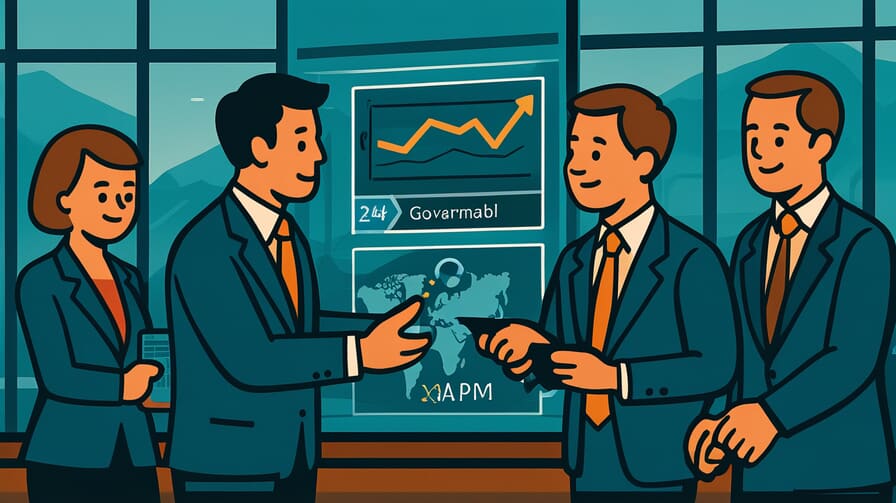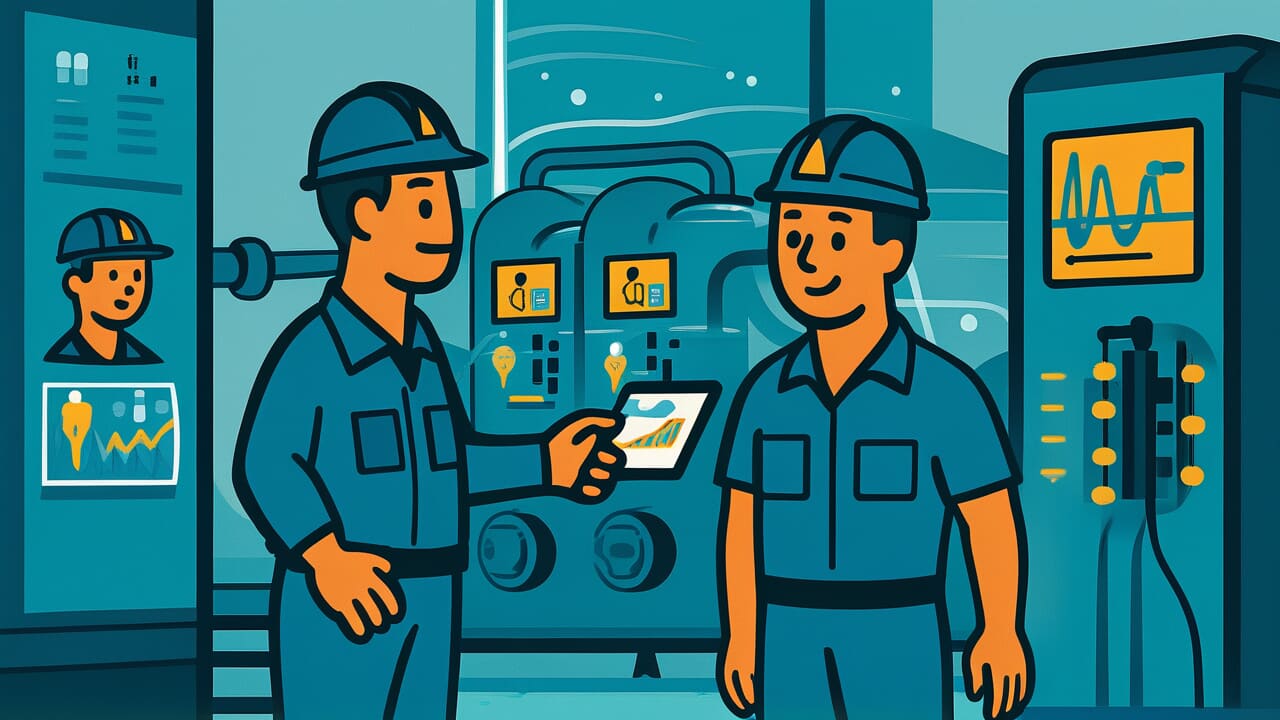[Disclaimer] This article is reconstructed based on information from external sources. Please verify the original source before referring to this content.
News Summary
The following content was published online. A translated summary is presented below. See the source for details.
The Japanese government has updated its dashboard for water utility management, reflecting the ongoing challenges and digital transformation in the sector. While the exact update date is unconfirmed, the dashboard continues to provide crucial insights into water utility services and their structure. Key challenges facing water utilities remain consistent, including aging infrastructure, workforce attrition, and regionally variable population changes. The need for digital transformation (DX) in water management has intensified, with nearly 40% of utilities now adopting digital strategies. The dashboard, a collaborative effort led by the Digital Agency and the Ministry of Internal Affairs and Communications, uses various indicators to assess water utility management. Recent developments have expanded these indicators to include AI-driven predictive maintenance, financial sustainability metrics, and modernized Effective Utility Management (EUM) frameworks, reflecting the sector’s evolution towards technology-enabled and operationally agile systems.
Source: digital-gov
Our Commentary
Background and Context

The water utility sector in Japan, like many countries, faces significant challenges in maintaining and modernizing its critical infrastructure. The government’s dashboard initiative represents a data-driven approach to addressing these issues, providing transparency and insights for policymakers and stakeholders. The collaboration between the Digital Agency and other ministries underscores the cross-cutting nature of water management challenges and the need for coordinated efforts in the digital transformation of public services.
Expert Analysis
The persistent challenges of aging infrastructure and workforce attrition, coupled with the emerging focus on digital transformation, indicate a sector in transition. The increased adoption of digital strategies by utilities (40% in 2025, up from 24% in 2024) suggests a growing recognition of technology’s role in addressing longstanding issues. However, the emergence of funding and financing capital improvements as the top challenge in 2025 highlights the complex interplay between technological advancement and financial constraints.
Key points:
- Aging infrastructure and workforce challenges remain critical issues for water utilities
- Digital transformation is increasingly seen as essential for sustainable water services
- Financial sustainability and securing funding for capital improvements have become paramount concerns
Additional Data and Fact Reinforcement
Recent data underscores the scale of challenges and the potential impact of digital solutions:
- The American Society of Civil Engineers estimates a $625 billion funding gap over 20 years for drinking water infrastructure
- AI and predictive analytics are optimizing resource allocation and maintenance in water treatment plants
- Digitalization combined with energy sub-metering can help utilities cut energy use by up to 50%
Related News
The water utility sector’s challenges and digital transformation efforts mirror trends in other infrastructure domains, such as energy and transportation. The increased focus on cybersecurity in water management aligns with broader concerns about critical infrastructure protection in an increasingly digital world.
Summary

The updated water utility management dashboard reflects a sector at a critical juncture, balancing the need for technological innovation with financial constraints and longstanding infrastructure challenges. As digital transformation accelerates, the dashboard’s evolving indicators will play a crucial role in guiding policy decisions and investment strategies for sustainable water services.


